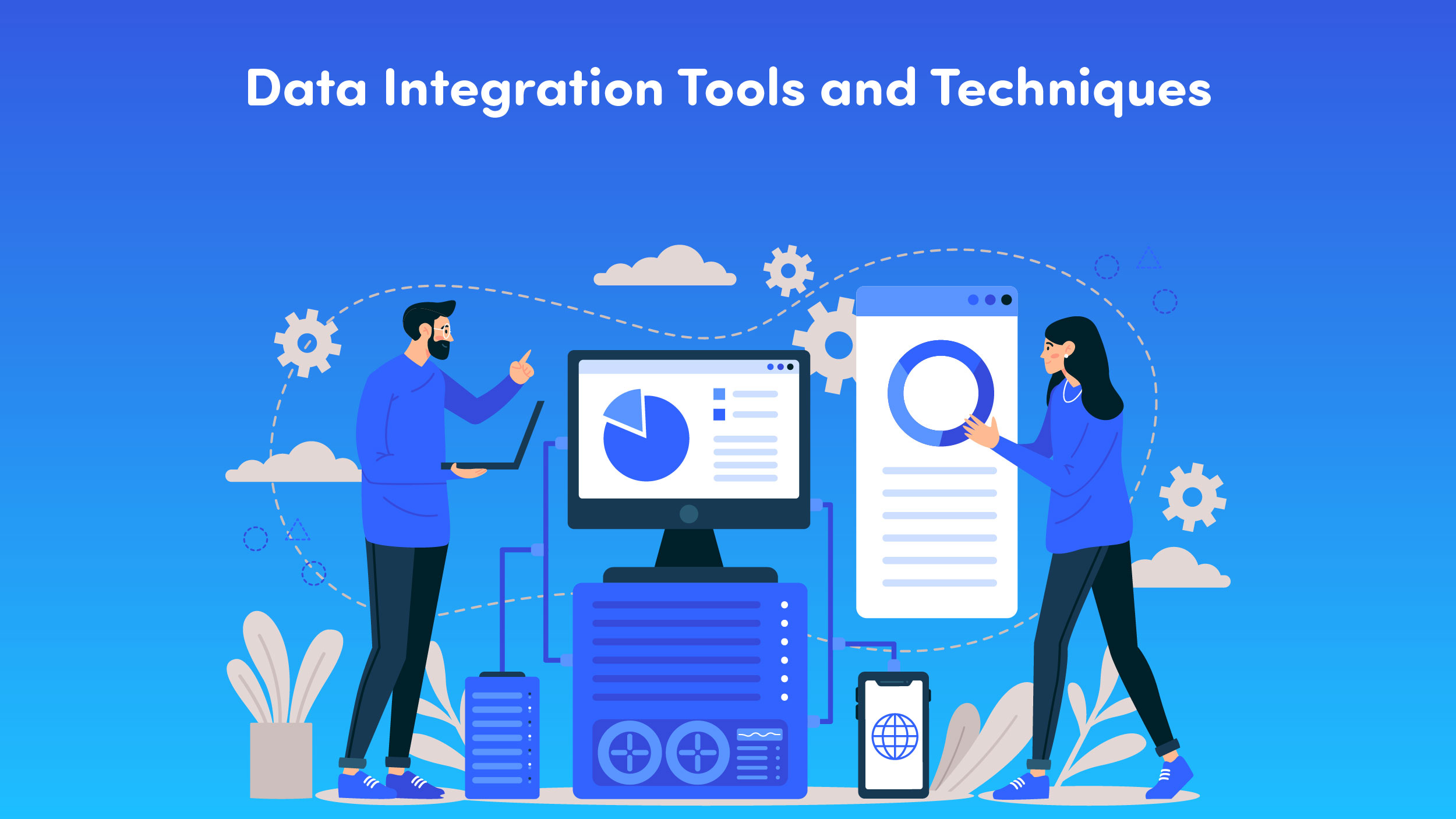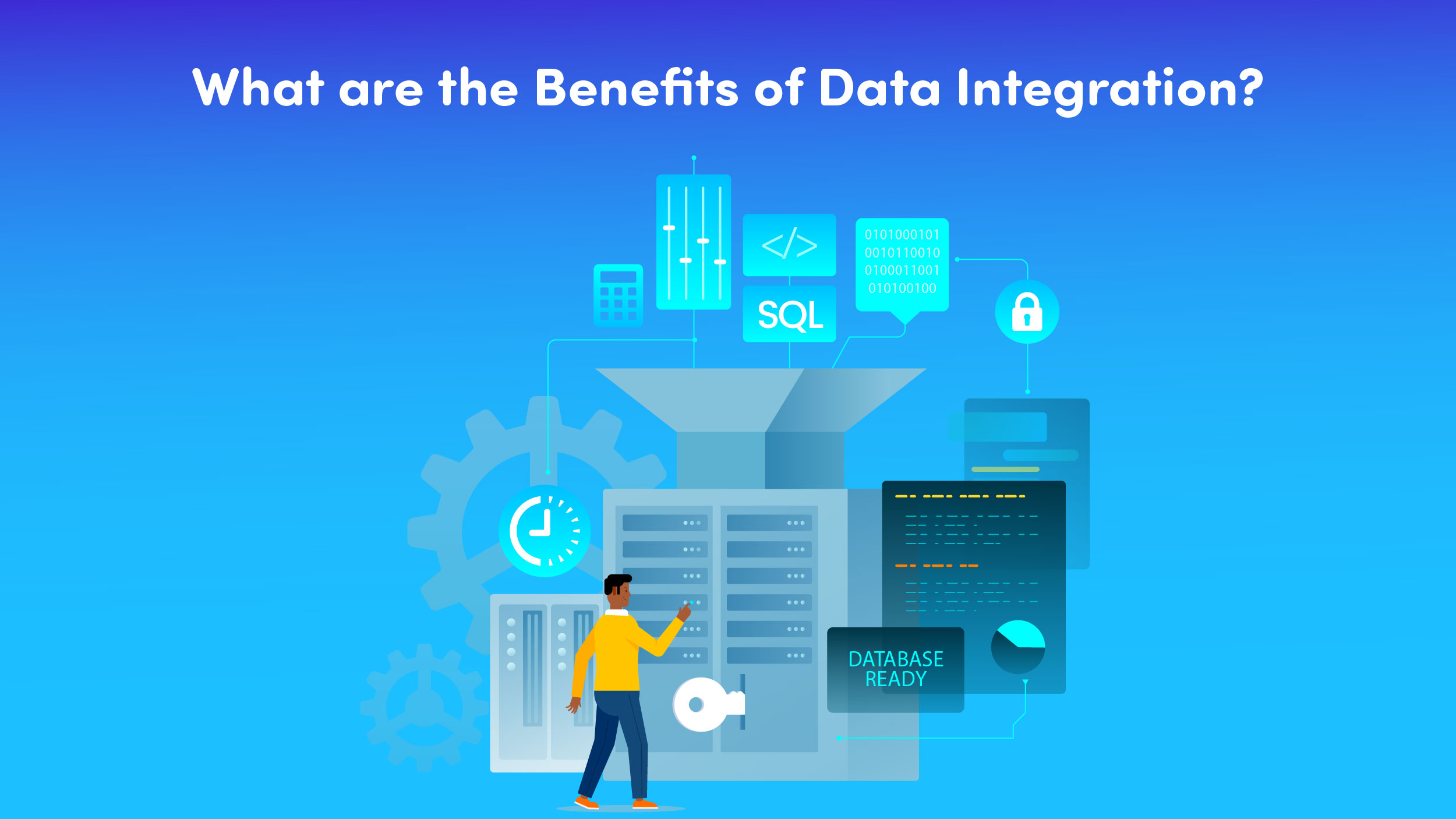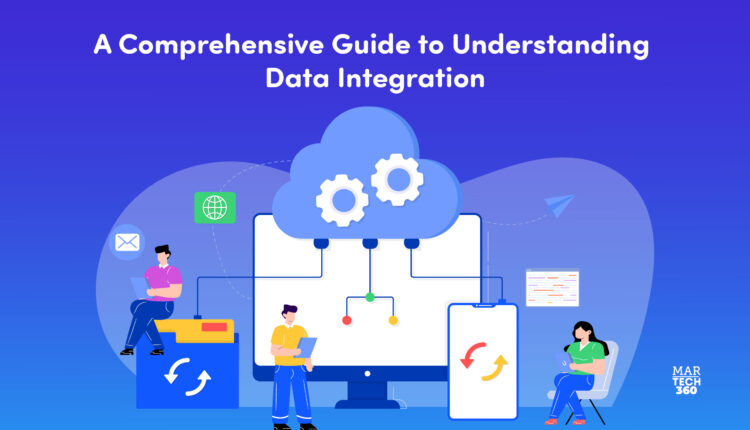Data integration is gaining importance driven by the growing influence of AI. It is pivotal for organizations looking to harness the full potential of their data. It promises higher competitiveness, supports informed decision-making, and is vital in ensuring that data is a strategic asset rather than an operational burden. This blog explores the increasing need for integrating data, some prominent tools & techniques, its common uses, challenges associated with it, and its advantages.
What is Data Integration?
Data integration is the process of amalgamating data from various sources into a unified view. This integration journey commences with data ingestion and includes essential steps like data cleansing, ETL mapping, and transformation. The ultimate goal of this is to empower analytical tools to generate valuable and actionable business intelligence.
While there’s no one-size-fits-all approach to data integration, typical solutions encompass a network of data sources, a central master server, and clients accessing data via the master server.
In a typical integration workflow, a client initiates a data request to the master server. The master server then collects the necessary data from both internal and external sources. Data is extracted, consolidated into a cohesive dataset, and made available for the client’s use.
Data integration tools play a pivotal role in today’s data-driven landscape. Recent studies highlight the growing importance of these solutions in enabling seamless and efficient data management. Organizations are increasingly turning to cloud data integration to streamline their operations and harness the power of big data integration. These solutions not only facilitate data consolidation but also enhance data quality, ensuring that businesses can derive valuable insights and make informed decisions based on their integrated data.
Data Integration Tools and Techniques
 Data integration methods cover a wide spectrum of approaches, ranging from manual to fully automated processes. Some common tools and techniques include:
Data integration methods cover a wide spectrum of approaches, ranging from manual to fully automated processes. Some common tools and techniques include:
- Manual Integration or Common User Interface: In this approach, there’s no unified view of the data. Users access all relevant information directly from the source systems, working with data as needed.
- Application-Based Integration: This method necessitates each application to handle its integration efforts. It’s suitable for a small number of applications that can be managed individually.
- Middleware Data Integration: Integration logic is shifted from the application layer to a middleware layer, making data interaction more centralized and streamlined.
- Uniform Data Access: This technique maintains data in the source systems and provides a set of views that offer a unified perspective to users across the organization.
- Common Data Storage or Physical Integration of Data: Here, a new system is established to store and manage a copy of the data from the source system independently.
Also Read: Why Settle for Second Best? Embrace First Party Data
What are the Benefits of Data Integration?
 A well-executed approach offers several key benefits:
A well-executed approach offers several key benefits:
- Enhanced Collaboration: Employees across departments and locations increasingly require access to company data for collaborative and individual projects. It provides secure self-service access, fostering collaboration and unity.
- Time Savings: Proper integration of data significantly reduces the time required for data preparation and analysis. Automation streamlines data gathering, eliminating the need for manual data collection and connection building. Using the right tools instead of manual coding saves additional time and resources.
- Error Reduction: It minimizes errors and the need for rework. Automated updates ensure real-time reporting accuracy, avoiding the tedious task of redoing reports to account for changes.
- Improved Data Quality: It enhances data quality over time. Centralized systems identify and address quality issues, leading to more accurate data – the foundation of quality analysis.
Decoding the Common Use Cases of Data Integration
Data integration is not a one-size-fits-all solution and varies based on specific business needs. Common use cases include:
Leveraging Big Data: As companies deal with massive volumes of data, sophisticated data integration is essential. Businesses like Facebook and Google process vast amounts of data, often referred to as big data, necessitating advanced integration efforts.
Creating Data Warehouses and Data Lakes: Large enterprises often use data integration to establish data warehouses, consolidating data sources into a relational database. Data warehouses enable querying, reporting, analysis, and data retrieval in a consistent format, supporting business intelligence needs. Platforms like Microsoft Azure and AWS Redshift are commonly used for this purpose. Data integration on Databricks Lakehouse is the fastest-growing data and AI market, with a remarkable 117% year-over-year growth.
What are the Challenges in Data Integration?
Integrating multiple data sources into a cohesive structure poses significant technical challenges. While businesses benefit from pre-built processes for efficient data movement, they encounter various obstacles. Common hurdles include:
- Defining the Data Journey: Organizations often overlook the complexity of mapping out data requirements, sources, systems, analyses, and update frequencies when implementing data integration solutions.
- Legacy Data: Integrating legacy systems may involve data lacking timestamps and other modern markers.
- New Data Types: Emerging systems generate diverse data types (e.g., unstructured, real-time) from sources like IoT devices and the cloud, necessitating flexible integration infrastructure.
- External Data: Data from external sources may lack detail and face sharing restrictions imposed by vendor contracts.
- Continuous Adaptation: Maintaining data integration efforts in line with best practices, organizational needs, and regulatory changes is an ongoing challenge.
Final Verdict
The significance of data integration is becoming more apparent when considering its impact on business intelligence, analytics, and gaining competitive advantages. This has made it crucial for your company to ensure full access to every dataset from all sources.


Comments are closed.